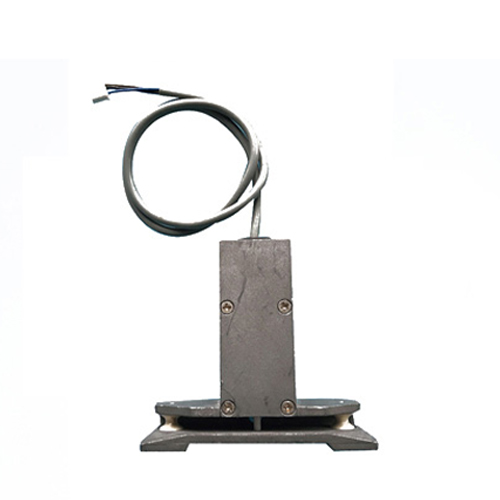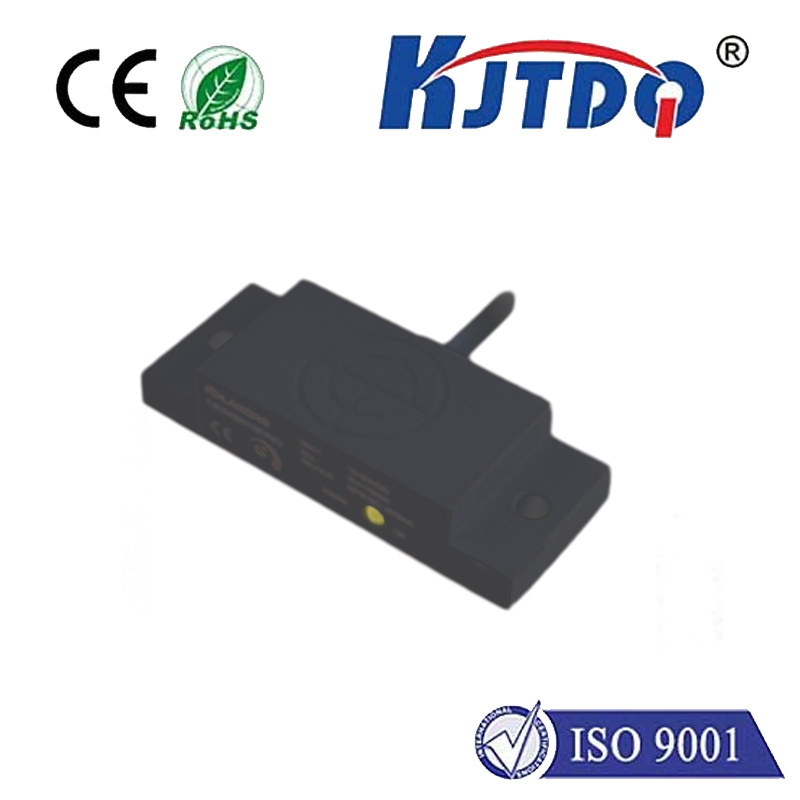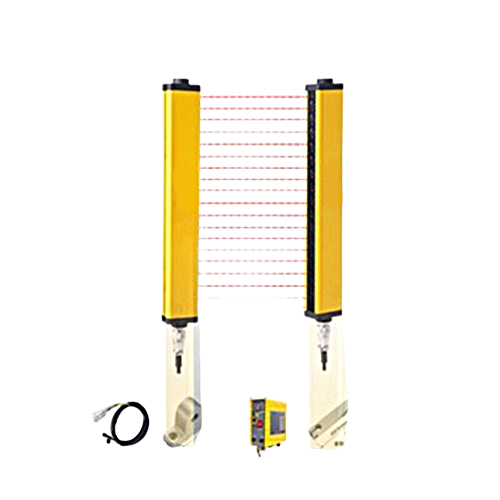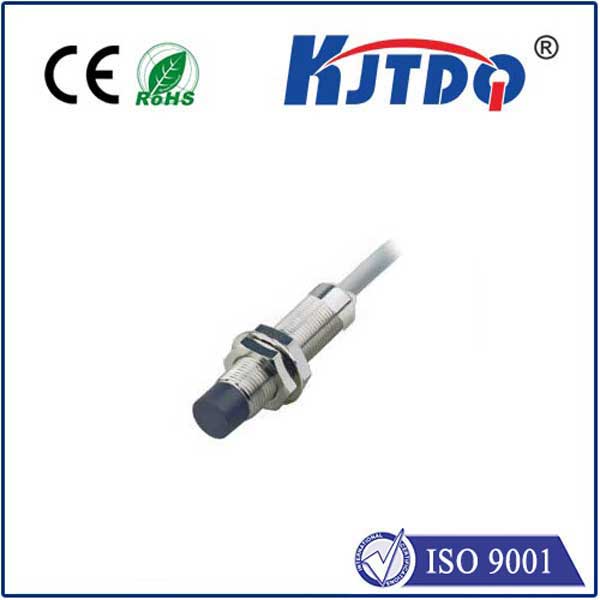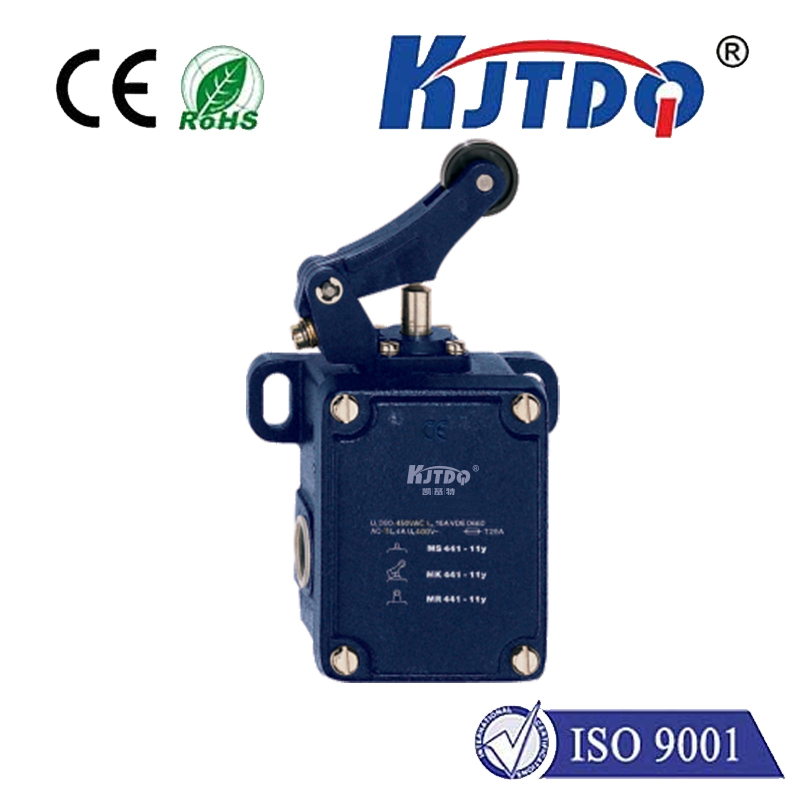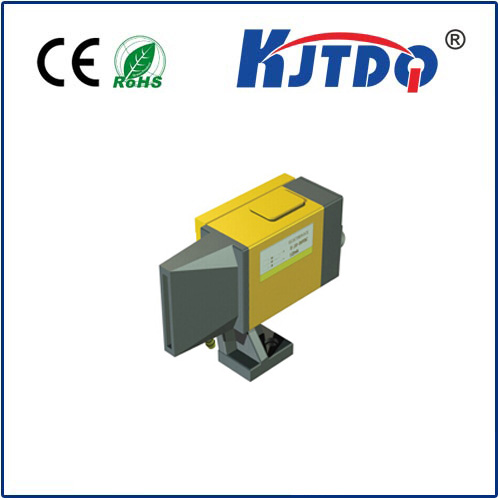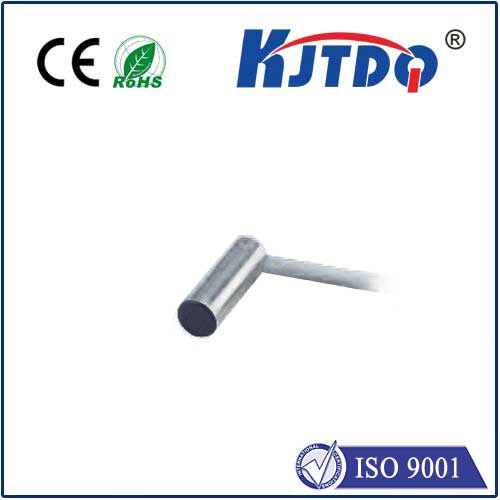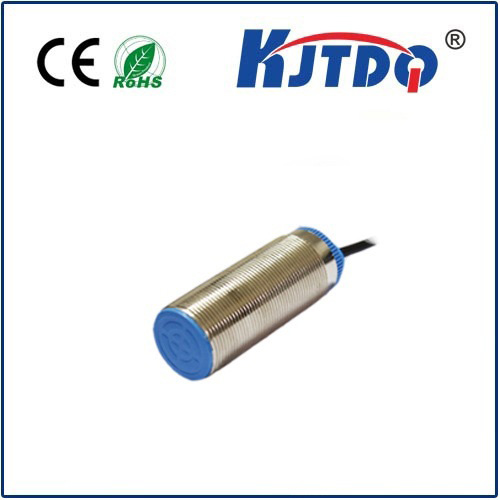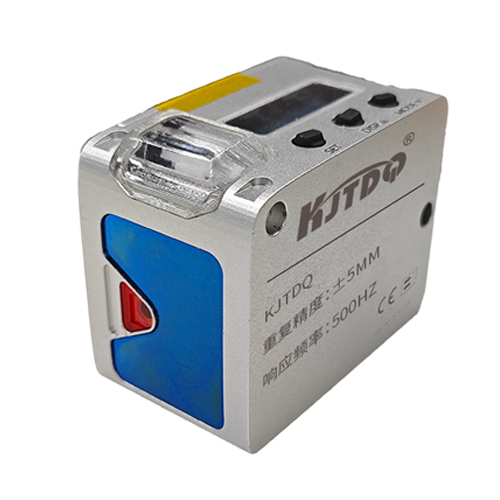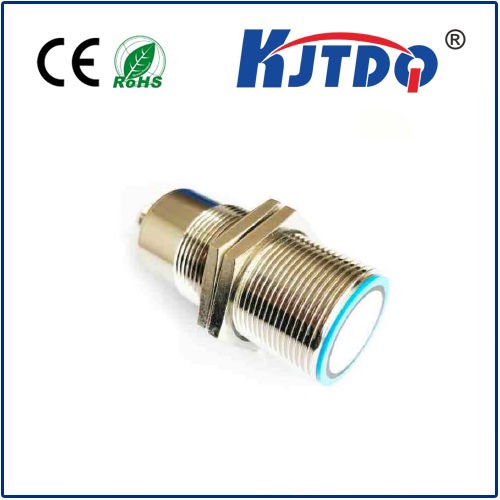

check

check

check

check

check

check

check

check

check

check
The invisible forces acting on the structures around us – bridges, aircraft, pipelines, wind turbines – hold the key to their longevity and safety. Accurately measuring deformation, or strain, is paramount. Enter Fiber Strain Sensors, a sophisticated technology transforming how we monitor the physical world. These remarkable devices leverage light traveling through optical fibers to deliver unprecedented precision and reliability in strain measurement. This article delves into their workings, advantages, and the transformative impact they are having across numerous industries.
Beyond Electrical Wires: Sensing with Light
Traditional strain gauges, based on electrical resistance changes in metallic wires or foils, have served well for decades. However, they possess inherent limitations: vulnerability to electromagnetic interference (EMI), limited multiplexing capabilities (connecting many sensors together), and potential signal degradation over long distances. Fiber optic strain sensors overcome these hurdles by using thin strands of glass (optical fiber) as both the sensing element and the signal transmission medium. Instead of electrical current, they utilize light as the information carrier.
The Pulse of Principle: How Does Light Measure Strain?

At the heart of most fiber strain sensing lies the fundamental interaction between light and the physical deformation of the optical fiber core. Several techniques exist, but two dominant principles are:
Key Advantages Driving Adoption: Why Fiber?
Fiber strain sensors offer a compelling suite of benefits that make them ideal for demanding monitoring applications:
Real-World Impact: Where Fiber Strain Sensors Shine
The unique advantages of fiber strain sensing technology have led to its rapid adoption across a diverse range of sectors:
Challenges and Future Directions
While incredibly powerful, fiber strain sensor implementation isn’t without considerations. Interrogation units can be relatively expensive compared to basic electrical strain gauge setups. Installation requires specialized techniques to ensure good strain transfer from the host structure to the fiber and to protect the delicate fiber cable, especially at ingress points (cabling and connectorization are critical). Temperature sensitivity must also be accounted for and compensated, often using reference FBGs or specialized dual-grating sensors. Despite these, ongoing research focuses on developing more cost-effective interrogation systems, enhancing distributed sensing resolution and range, improving sensor packaging for harsh environments, and advancing techniques for simultaneous strain and temperature measurement.
A Future Measured by Light
Fiber strain sensors represent a paradigm shift in structural monitoring, moving beyond the limitations of conventional techniques. Their ability to provide precise, distributed, and EMI-immune measurements over vast distances makes them indispensable tools for enhancing safety, optimizing performance, and extending the lifespan of critical infrastructure and assets across the globe. As the technology matures and costs decrease, their integration into the built environment and industrial processes will only deepen, solidifying light as the preferred medium for understanding the physical strains shaping our world.
